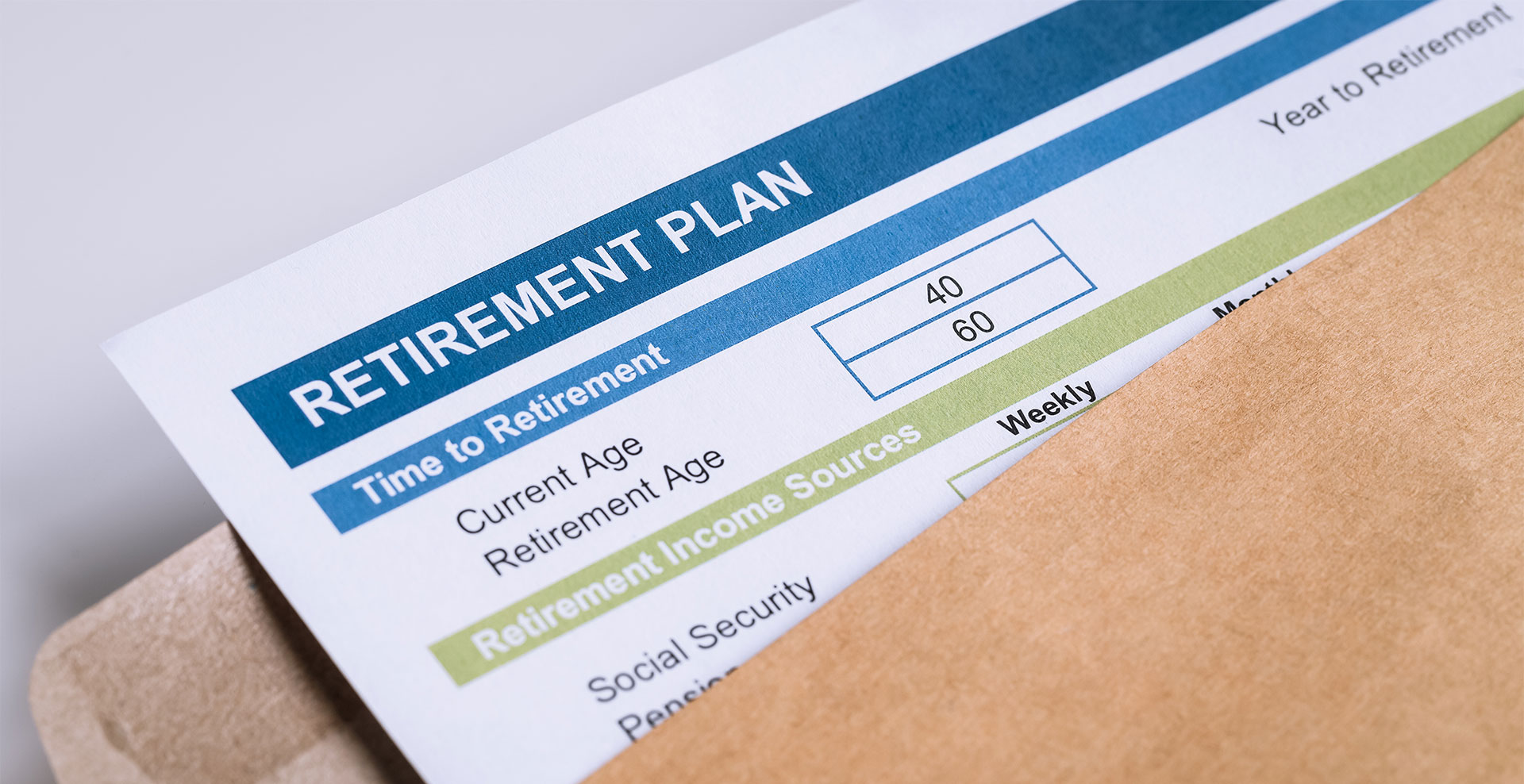
The CARES Act: Implications for Qualified Retirement Plans
ERISA and Employee Benefits Client Alert
The CARES Act: Implications for Qualified Retirement Plans
On March 27, 2020, President Trump signed into law the Coronavirus Aid, Retirement, and Economic Security (CARES) Act (the “Act”), an unprecedented $2.2 trillion economic-relief package with several tax provisions impacting qualified retirement plans. The Act creates a new type of qualified plan distribution—a “coronavirus-related distribution”—that is available to participants to help offset financial hardship due to the COVID-19 pandemic. It also makes it easier for plan participants to receive larger plan loans and distributions during the pandemic and provides a waiver for 2020 required minimum distributions (RMDs). This Alert discusses each of these changes in detail below.
Distributions
First, the Act creates a new type of qualified distribution from a qualified plan called a “coronavirus-related distribution.” A coronavirus-related distribution is a distribution made on or after January 1, 2020, and before December 31, 2020, to a “qualified individual”:
- who is diagnosed with SARS-CoV-2 or COVID-19 by a test approved by the CDC or whose spouse or dependent is diagnosed with such virus; or
- who, due to such virus or disease, experiences “adverse financial consequences” as a result of
- being quarantined, furloughed, or laid off;
- having hours reduced;
- being unable to work due to lack of childcare; or
- closing or reducing hours of a business owned or operated by the individual.
Coronavirus-related distributions may be made from qualified plans, IRAs, 403(b) plans, and governmental 457(b) plans. Plan administrators may rely on an employee’s self-certification that the conditions listed above are satisfied. The maximum distribution amount for a coronavirus-related distribution is $100,000. Individuals under 59½ taking a coronavirus-related distribution will not be subject to the 10% excise tax for early distribution that would otherwise apply to such individuals, and the distributions are not subject to 20% mandatory withholding.
The Act allows participants to spread out the income taxes associated with the coronavirus-related distribution over a three-year period beginning with the taxable year in which the coronavirus-related distribution is received. It also allows individuals to repay the distribution to an eligible retirement plan to which a rollover contribution could be made in one or more contributions during the three-year period beginning on the date the distribution is received.
Plan Loans
The changes made by the Act with respect to participant loans apply to any loan made from a qualified plan to a qualified individual (as defined above with respect to coronavirus-related distributions) during the 180-day period beginning on the date of enactment of the Act. First, the Act increases two of the general limits on the maximum loan amount from the lesser of (1) $50,000 or (2) one-half the participant’s nonforfeitable accrued benefit under the plan to the lesser of (1) $100,000 or (2) the participant’s entire nonforfeitable accrued benefit under the plan.
For participants with loans outstanding on or after the date of enactment of the Act, any repayment due on or after the date of enactment of the Act and before December 31, 2020, is delayed for one year. And subsequent repayments shall be adjusted to reflect the delayed due dates and any interest accrued during the delay. Most plan loans have a maximum five-year period within which the loan must be repaid (unless the loan is made for the purchase of a primary residence). The period for delayed payments discussed above (i.e., the date of enactment of the Act through December 31, 2020) shall be disregarded when calculating a loan’s 5-year period.
2020 Required Minimum Distributions
The Act eliminates all required minimum distributions for calendar year 2020 for defined contribution plans, including plans qualified under 401(a), 403(b) plans, governmental 457(b) plans, and IRAs. This change applies not only to individuals receiving a normal 2020 RMD by the end of the year, but it also applies to individuals with required beginning dates in 2020 who would otherwise have to take their first RMD for 2019 by April 1, 2020. For RMDs in subsequent calendar years, the required beginning date shall be determined without regard to the 2020 RMD waiver. These rules apply to calendar years beginning after December 31, 2019.
Plan Amendments
The Act provides that plans may begin operationally implementing these changes immediately, and also permits retroactive plan amendments for these provisions until December 31, 2022 (for calendar year plans) and December 31, 2024 for calendar year governmental plans.
Conclusion
It is important for retirement plan sponsors and plan administrators to stay aware of the most recent changes in the law as Congress continues to respond to the evolving challenges the COVID-19 pandemic presents. Subsequent COVID-19 legislation is likely to impact employee retirement and welfare plans, and we will continue to provide updated information as it becomes available. If you have an ERISA or employee benefits questions relating to the CARES Act or COVID-19, please feel free to contact a member of our ERISA and Employee Benefits practice group.
Get MORE. Insights
Stay ahead in the legal world - subscribe now to receive the latest insights and news from Fennemore Law Directly in your inbox!

